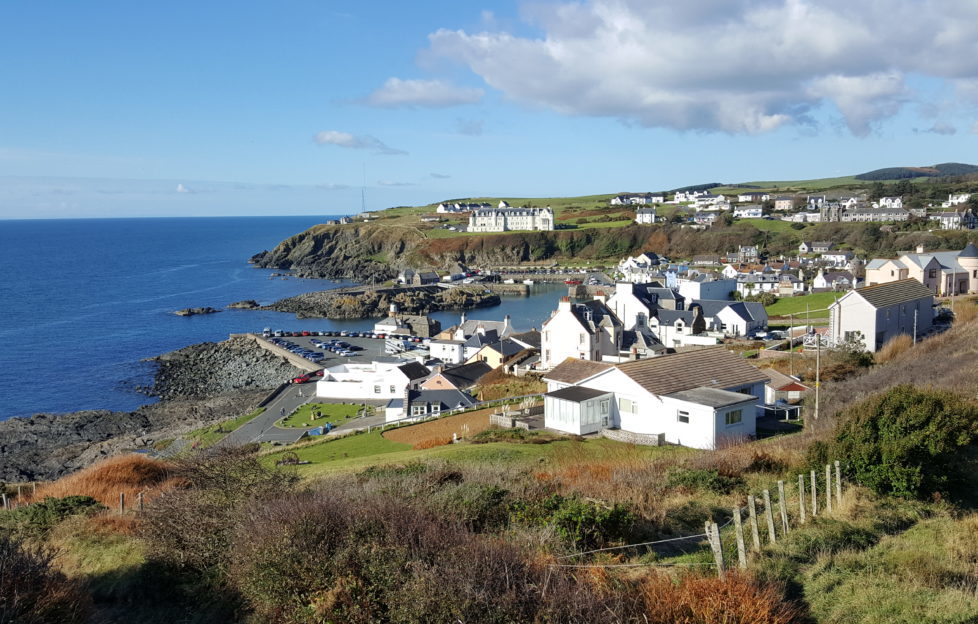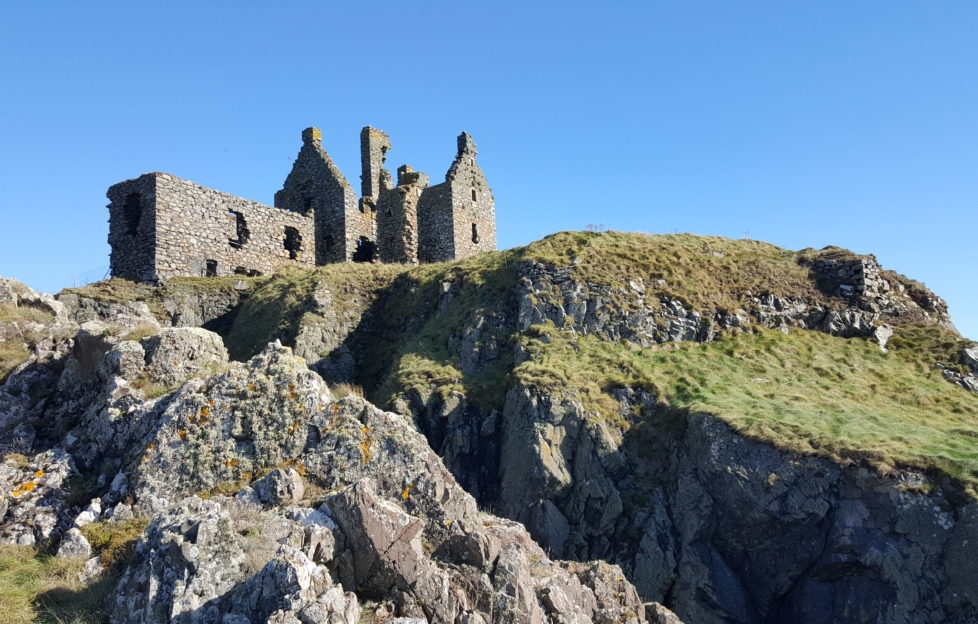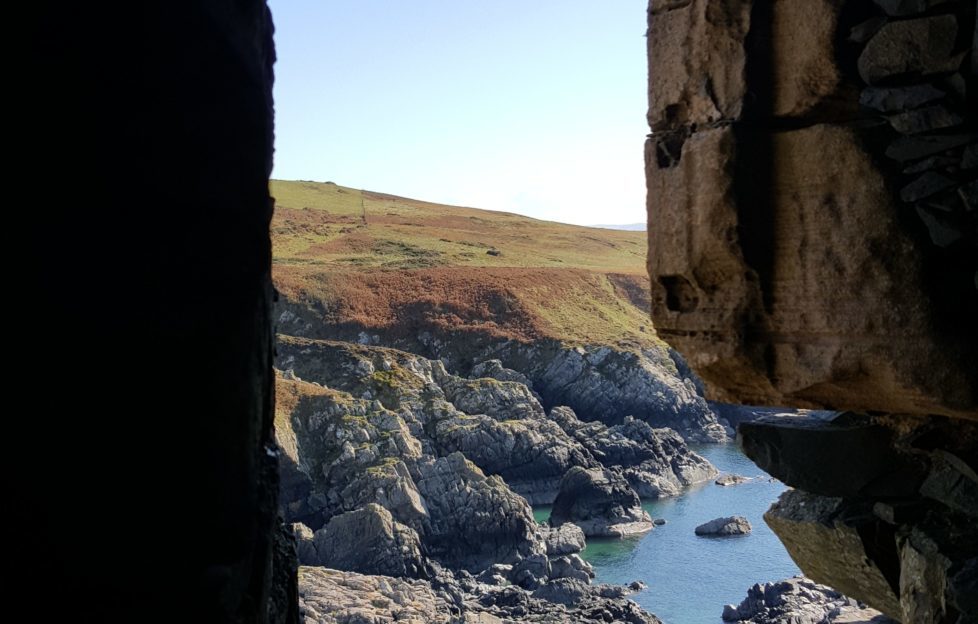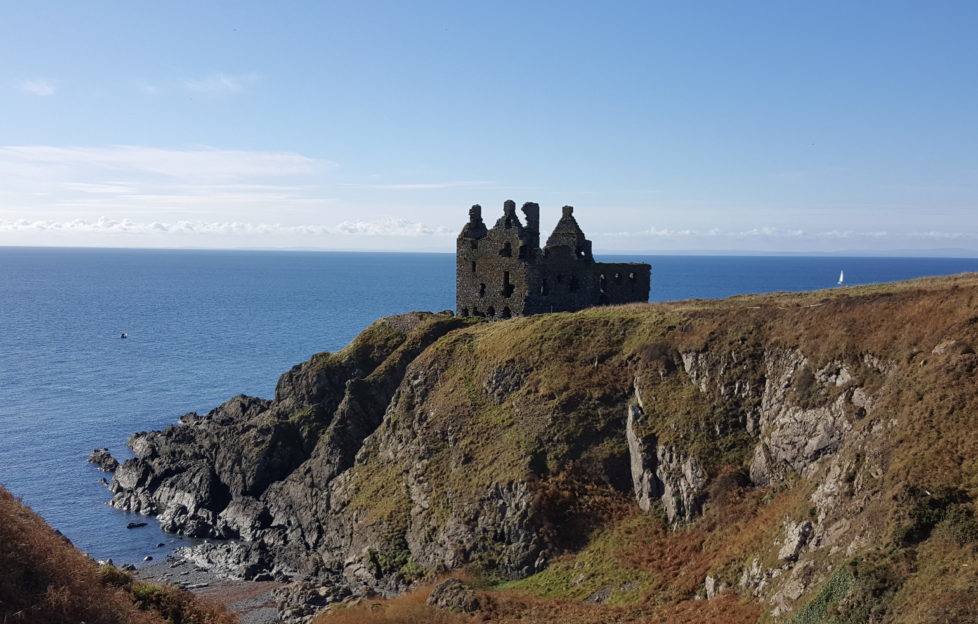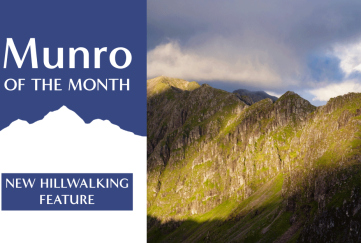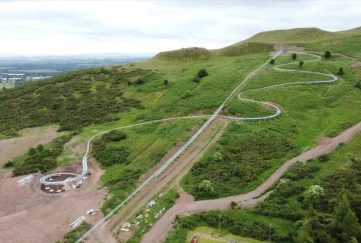On The Scent Of Dunskey Castle
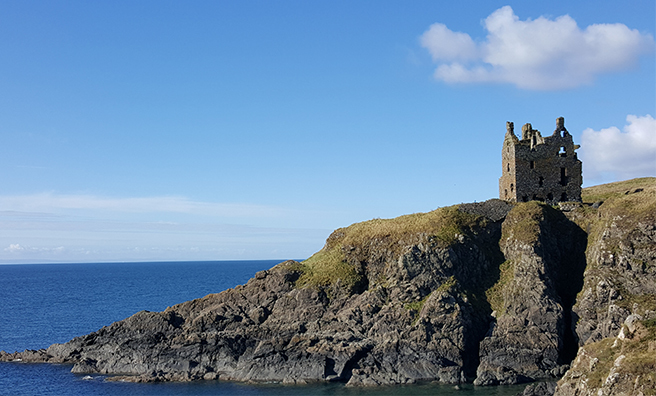
Break away from the popular tourist routes and head south says newest Scotlander David Weinczok
“So what brings you to Stranraer then? Not exactly the centre of the universe is it?”
“Well, no,” I replied, still groggy and not nearly caffeinated enough, to the man at the hotel breakfast table. “But that’s the point, isn’t it?”
Indeed, where’s a Central Belter to go in search of some castle and landscape therapy?
“North!” is the typical tourist refrain, while more seasoned stravaigers usually advocate the west.
As a heritage professional who regularly chats with visitors I’ve heard the same circuit described a thousand times – start your trip in Edinburgh or Glasgow, shoot north to Loch Ness and Culloden with a stopover at Stirling, and maybe if you’re really keen pop out to Skye and return via Glencoe.
What I hardly ever hear, though, are plans to venture south. That’s a real shame, because while it may not be the first direction that the tartan tourism industry promotes internationally, Galloway in particular can stand toe to toe with the Highlands for its scenery, history and hospitality.
Weathered Beauty
I came to the Rhins of Galloway on the scent of Dunskey Castle, a coastal gem near Portpatrick. Right from the start I could tell it was something special.
A steep, stepped ascent from the car park leads to a narrow stretch where you are flanked by cliffs to the right and a deep trench to the left, making the approach feel like the lead-up to a thrill ride.
The spurs of stone jutting out into the turquoise waters are as dramatic as anything I’ve encountered in Caithness or the Argyll coast.
The castle itself is a typical towerhouse, but it’s that well-worn adage that comes to mind when you see it: location, location, location. The weathered beauty of the ruin is amplified by its precipitous position, the roughness of the stone soothed by the sound of waves below.
This is the ‘historic environment’, a term enthusiastically taken up in recent years; Dunskey Castle isn’t just its walls.
It’s the breathlessness while climbing the stairs, the flowers and weeds sprouting in the courtyard, and the sight of a not-all-that-distant shore on the horizon – Northern Ireland – reminding you that the people who lived here were always a part of a world far larger than we give them credit for.
An Authentic Scotland
A big part of the reason that people instinctively head north is the notion that what’s up there is what Scotland really is. Popular imagination certainly reinforces this.
But in my experience there are many, many ‘Scotlands’, and the Old Man of Storr or Edinburgh Castle are no more or less the authentic Scotland than a sleepy Fife village or a Glasgow tenement.
After all here I was, nearly as far from the Highlands as it’s possible to be in Scotland, bouncing echoes off the walls of medieval Dunskey Castle perched atop towering cliffs doing perpetual battle with the sea.
Turns out that no matter what Scotland you’re looking for, you just might find it in the last place you expect.
Read More…
David has joined the Scotlanders to promote our country online, but he’s also a Battlemaster at the Battle of Bannockburn heritage site, a YouTube Presenter for ‘DigIt! TV’, freelance Castle Hunter and history writer.
Follow him online for more updates.


